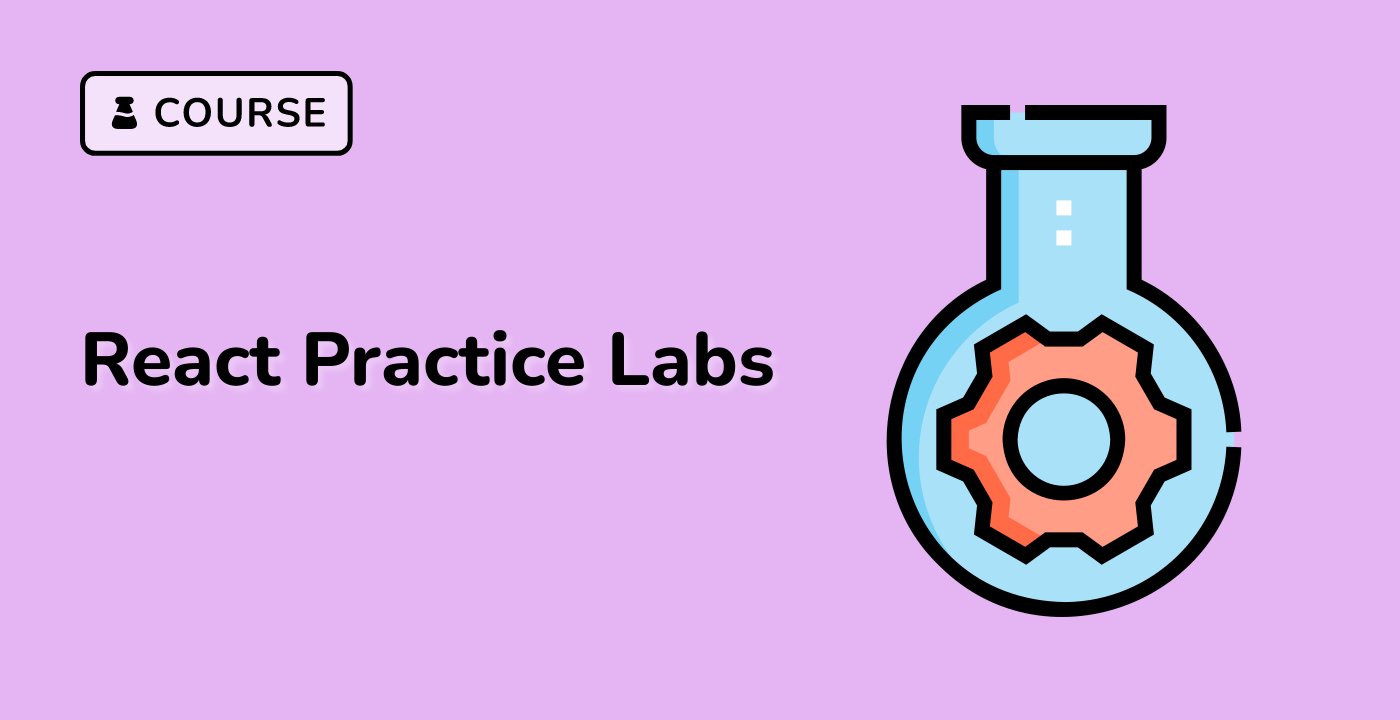React usePersistedState Hook
index.html and script.js have already been provided in the VM. In general, you only need to add code to script.js and style.css.
This hook returns a stateful value that is persisted in localStorage, along with a function that can be used to update it. To use it, follow these steps:
- Use the
useState() hook to initialize the value to defaultValue.
- Use the
useRef() hook to create a ref that will hold the name of the value in Window.localStorage.
- Use 3 instances of the
useEffect() hook for initialization, value change, and name change respectively.
- When the component is first mounted, use
Storage.getItem() to update value if there's a stored value, or Storage.setItem() to persist the current value.
- When
value is updated, use Storage.setItem() to store the new value.
- When
name is updated, use Storage.setItem() to create the new key, update the nameRef, and use Storage.removeItem() to remove the previous key from Window.localStorage.
- Note that the hook is meant for use with primitive values (i.e. not objects) and doesn't account for changes to
Window.localStorage due to other code. Both of these issues can be easily handled (e.g. JSON serialization and handling the 'storage' event).
Here is the code:
const usePersistedState = (name, defaultValue) => {
const [value, setValue] = React.useState(defaultValue);
const nameRef = React.useRef(name);
React.useEffect(() => {
try {
const storedValue = localStorage.getItem(name);
if (storedValue !== null) {
setValue(storedValue);
} else {
localStorage.setItem(name, defaultValue);
}
} catch {
setValue(defaultValue);
}
}, []);
React.useEffect(() => {
try {
localStorage.setItem(nameRef.current, value);
} catch {}
}, [value]);
React.useEffect(() => {
const lastName = nameRef.current;
if (name !== lastName) {
try {
localStorage.setItem(name, value);
nameRef.current = name;
localStorage.removeItem(lastName);
} catch {}
}
}, [name]);
return [value, setValue];
};
const MyComponent = ({ name }) => {
const [value, setValue] = usePersistedState(name, 10);
const handleInputChange = (event) => {
setValue(event.target.value);
};
return <input value={value} onChange={handleInputChange} />;
};
const MyApp = () => {
const [name, setName] = React.useState("my-value");
const handleInputChange = (event) => {
setName(event.target.value);
};
return (
<>
<MyComponent name={name} />
<input value={name} onChange={handleInputChange} />
</>
);
};
ReactDOM.createRoot(document.getElementById("root")).render(<MyApp />);
Please click on 'Go Live' in the bottom right corner to run the web service on port 8080. Then, you can refresh the Web 8080 Tab to preview the web page.




